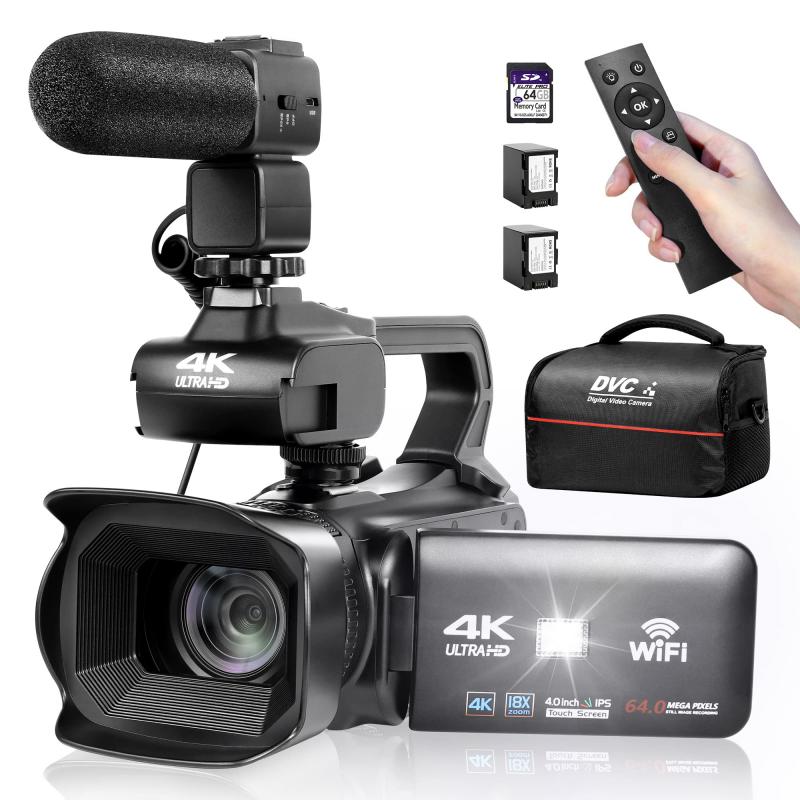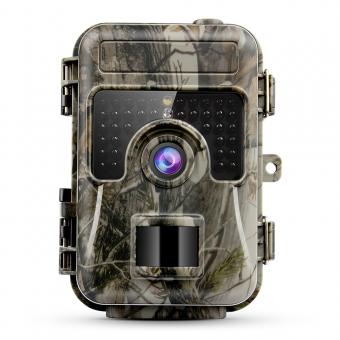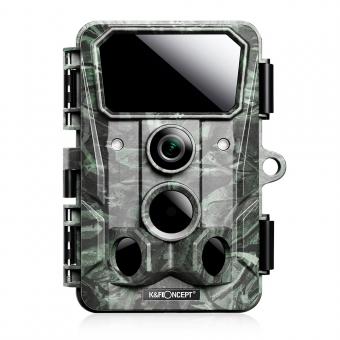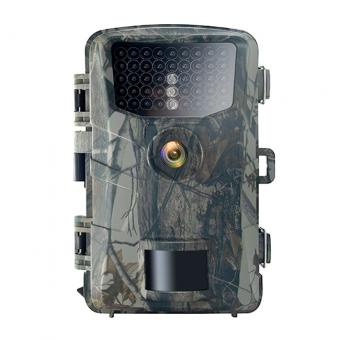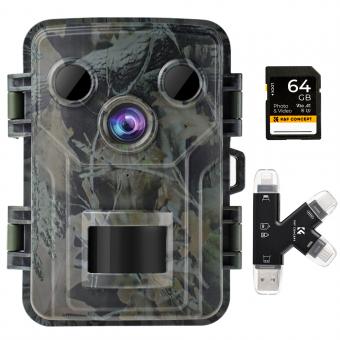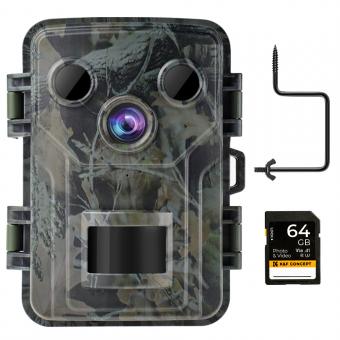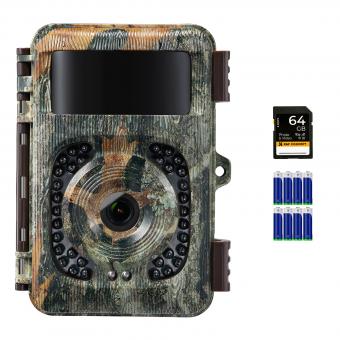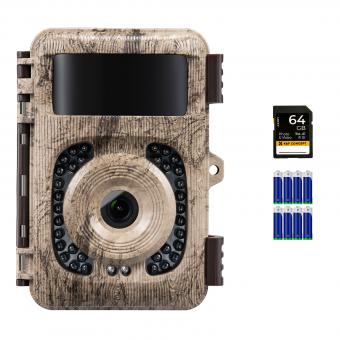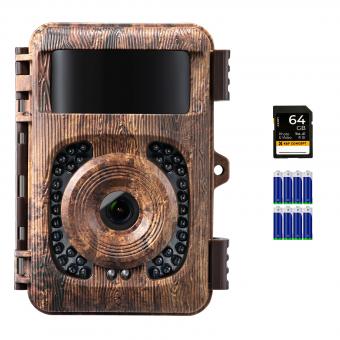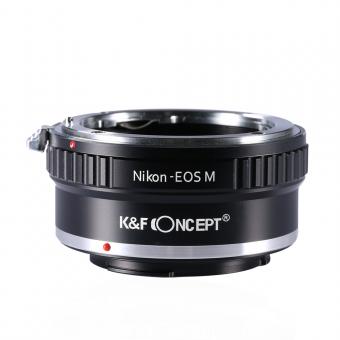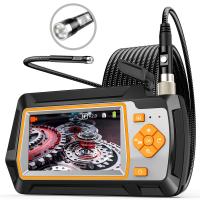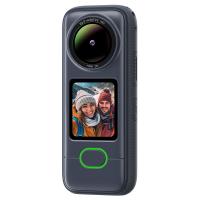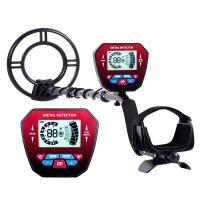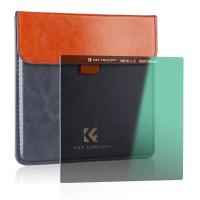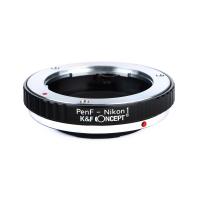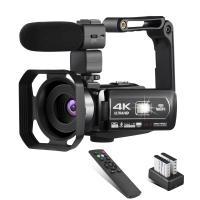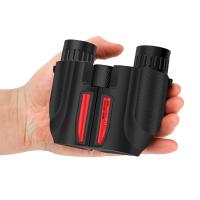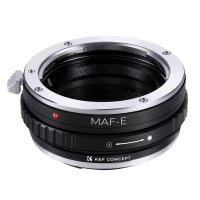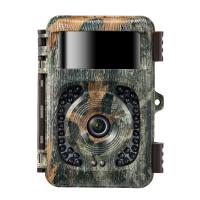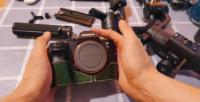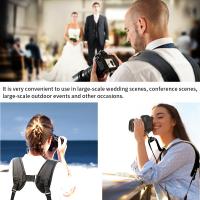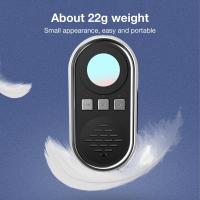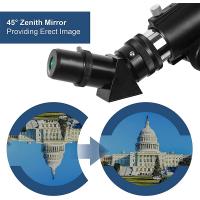What Is The Best Camera For Wildlife Photography ?
The best camera for wildlife photography depends on various factors such as budget, personal preferences, and specific requirements. Some popular options among wildlife photographers include the Canon EOS-1D X Mark III, Nikon D850, and Sony Alpha a9 II. These cameras offer high-resolution sensors, fast autofocus systems, and excellent low-light performance, which are crucial for capturing wildlife in action. Additionally, telephoto lenses with long focal lengths are often used to get close-up shots of distant subjects. It is important to consider factors like weather sealing, burst shooting speed, and image stabilization when choosing a camera for wildlife photography. Ultimately, the best camera for wildlife photography is one that suits the photographer's needs and allows them to capture stunning images of wildlife in their natural habitat.
1、 High-resolution and fast autofocus capabilities for capturing detailed wildlife shots.
The best camera for wildlife photography is one that combines high-resolution and fast autofocus capabilities for capturing detailed wildlife shots. When it comes to wildlife photography, having a camera with a high-resolution sensor is crucial as it allows for capturing fine details and producing sharp images. This is especially important when photographing animals from a distance, where every detail counts.
Additionally, fast autofocus capabilities are essential for wildlife photography, as animals can be unpredictable and quick in their movements. A camera with a fast autofocus system ensures that you can quickly lock focus on your subject, allowing you to capture those fleeting moments with precision and clarity.
In recent years, advancements in camera technology have brought about some exciting developments in wildlife photography. Many cameras now offer improved autofocus systems with advanced tracking capabilities, making it easier to keep up with fast-moving subjects. Some cameras even incorporate artificial intelligence algorithms to enhance autofocus performance, further improving the accuracy and speed of focusing.
Furthermore, the latest cameras often come with higher ISO capabilities, allowing for better low-light performance. This is particularly useful when photographing wildlife during dawn or dusk, or in heavily shaded areas. The ability to shoot at higher ISOs without significant noise enables wildlife photographers to capture stunning images even in challenging lighting conditions.
Ultimately, the best camera for wildlife photography is one that combines high-resolution capabilities, fast autofocus, and the latest advancements in camera technology. It is important to consider your specific needs and budget when choosing a camera, as there are various options available on the market that cater to different levels of expertise and requirements.
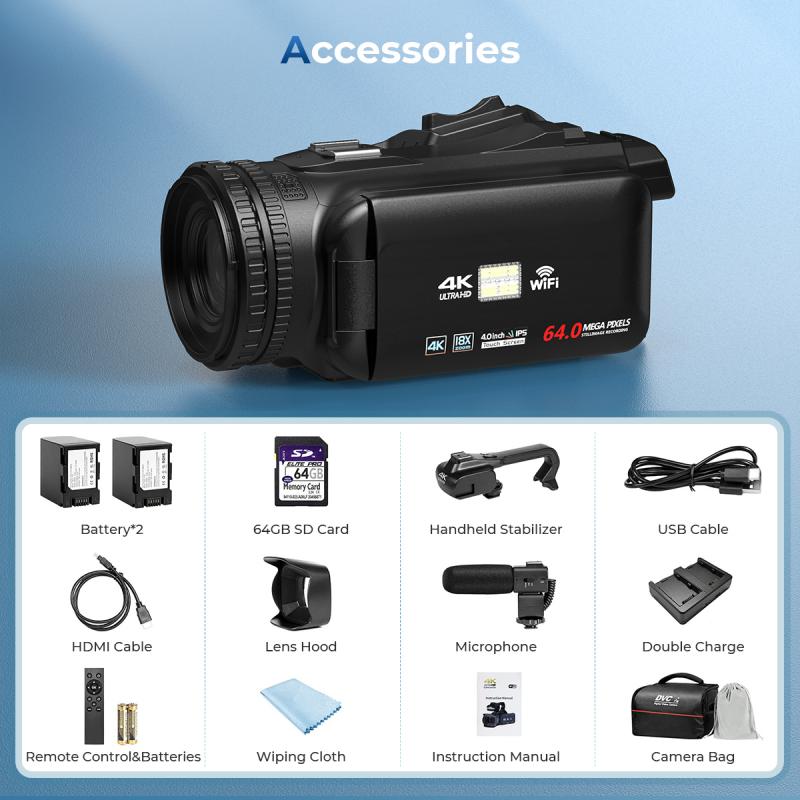
2、 Weather-sealed body to withstand outdoor conditions and protect against dust.
The best camera for wildlife photography is one that offers a weather-sealed body to withstand outdoor conditions and protect against dust. This is crucial because wildlife photography often involves shooting in unpredictable and challenging environments. Whether you are photographing in rainforests, deserts, or snowy landscapes, having a camera with a weather-sealed body ensures that it can withstand moisture, dust, and other elements.
A weather-sealed body provides an added layer of protection for the camera's internal components, preventing damage from water or dust particles that could potentially affect image quality or even render the camera inoperable. It allows photographers to focus on capturing the perfect shot without worrying about the camera's durability.
In addition to a weather-sealed body, other factors to consider when choosing a camera for wildlife photography include fast autofocus capabilities, high ISO performance for low-light situations, and a high burst rate for capturing fast-moving subjects. These features are essential for capturing wildlife in action, as animals can be unpredictable and may move quickly.
It is also worth considering the latest advancements in camera technology. For instance, mirrorless cameras have gained popularity in recent years due to their compact size, silent shooting capabilities, and advanced autofocus systems. They often offer excellent image quality and are well-suited for wildlife photography.
Ultimately, the best camera for wildlife photography will depend on individual preferences, budget, and specific shooting requirements. It is essential to research and test different camera models to find the one that best suits your needs and provides the necessary features for capturing stunning wildlife images.
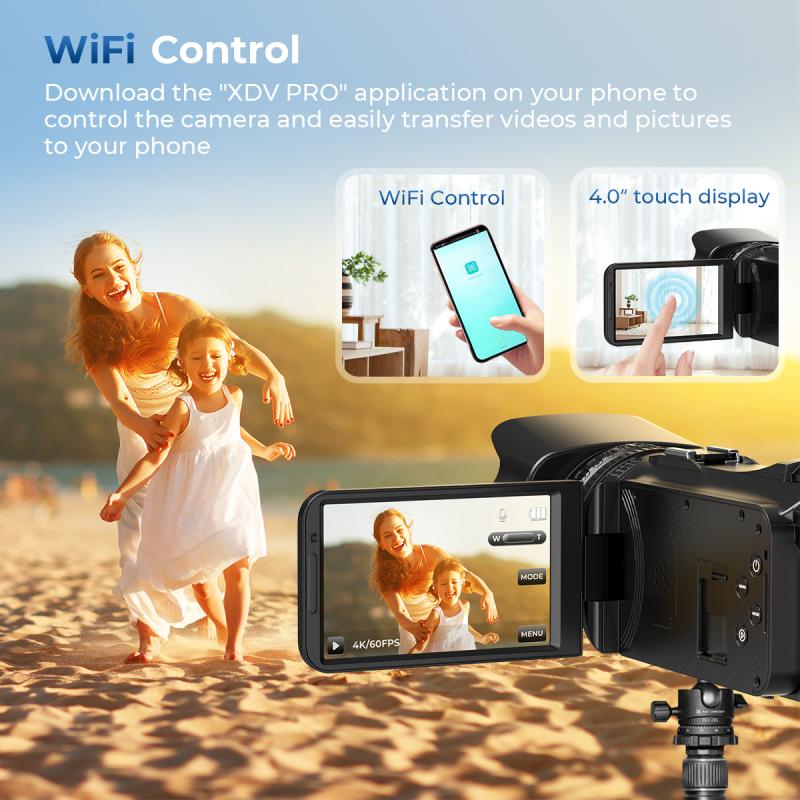
3、 Long telephoto lens with image stabilization for capturing distant subjects.
The best camera for wildlife photography is one that combines a high-quality long telephoto lens with image stabilization technology. This combination allows photographers to capture sharp and detailed images of distant subjects, which is crucial when photographing wildlife in their natural habitats.
A long telephoto lens is essential for wildlife photography as it enables photographers to get close-up shots of animals without disturbing them. It allows for capturing fine details and behaviors that might otherwise go unnoticed. The focal length of the lens should be at least 300mm, but preferably longer, to ensure sufficient reach.
Image stabilization technology is also crucial for wildlife photography, especially when using long telephoto lenses. It helps to counteract camera shake, which is more likely to occur when shooting handheld at long focal lengths. This feature ensures that images remain sharp and reduces the risk of blurriness caused by camera movement.
In terms of the latest point of view, advancements in camera technology have led to the development of cameras with higher resolution sensors, improved autofocus systems, and better low-light performance. These features can greatly enhance the overall image quality and increase the chances of capturing stunning wildlife photographs.
Some popular camera models for wildlife photography include the Canon EOS-1D X Mark III, Nikon D850, and Sony Alpha a9 II. However, it's important to note that the best camera for wildlife photography ultimately depends on individual preferences, budget, and specific requirements. It's recommended to try out different cameras and lenses before making a final decision to ensure they meet your needs and shooting style.
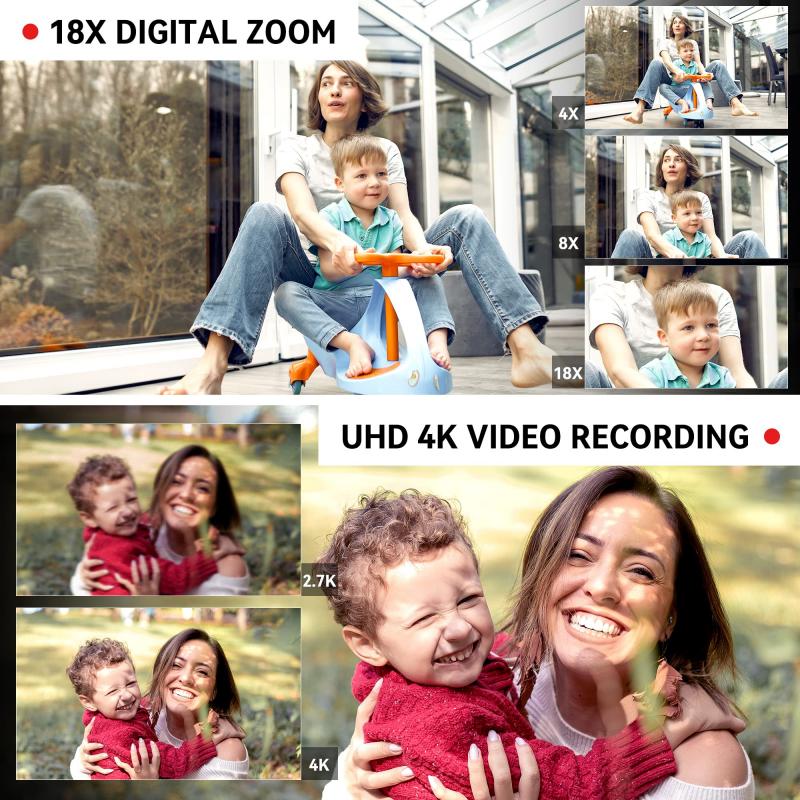
4、 Fast burst mode for capturing rapid movements and action shots.
The best camera for wildlife photography is one that offers a fast burst mode for capturing rapid movements and action shots. Wildlife photography often requires capturing animals in their natural habitats, where they can be unpredictable and constantly on the move. Having a camera with a fast burst mode allows photographers to capture multiple frames per second, increasing the chances of getting that perfect shot.
In recent years, camera technology has advanced significantly, and many cameras now offer impressive burst modes. For example, the latest mirrorless cameras like the Sony A9 II and the Nikon Z7 II boast burst rates of up to 20 frames per second. These cameras also feature advanced autofocus systems that can track and lock onto fast-moving subjects, ensuring sharp focus in every frame.
Additionally, the latest cameras often come with improved image sensors and high ISO capabilities, allowing photographers to capture wildlife in low-light conditions without compromising image quality. This is particularly useful for wildlife photographers who often find themselves shooting during the golden hours of dawn and dusk when lighting conditions can be challenging.
Furthermore, cameras with weather-sealing and rugged build quality are essential for wildlife photography, as they need to withstand harsh environments and unpredictable weather conditions. The Canon EOS-1D X Mark III and the Nikon D6 are examples of professional-grade DSLRs that offer excellent weather-sealing and durability.
Ultimately, the best camera for wildlife photography is one that combines a fast burst mode, advanced autofocus, high ISO capabilities, and rugged build quality. It's important to consider individual preferences, budget, and specific requirements when choosing the right camera for wildlife photography.
